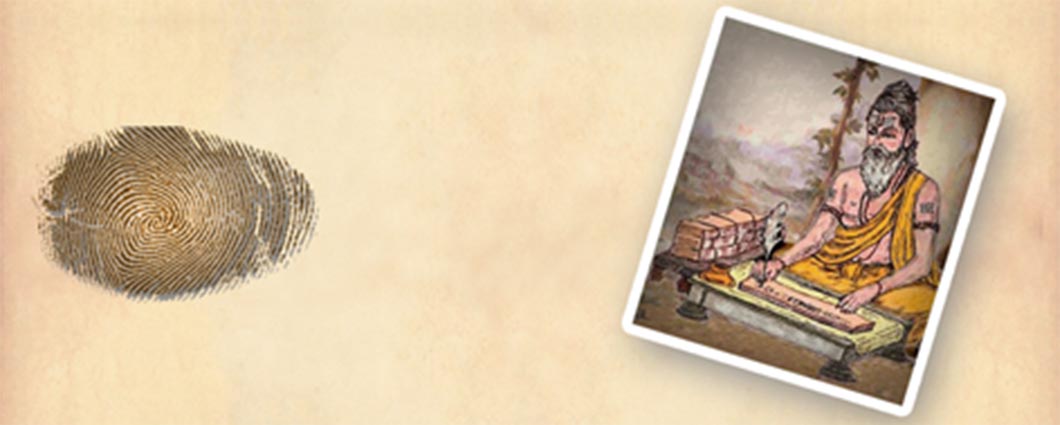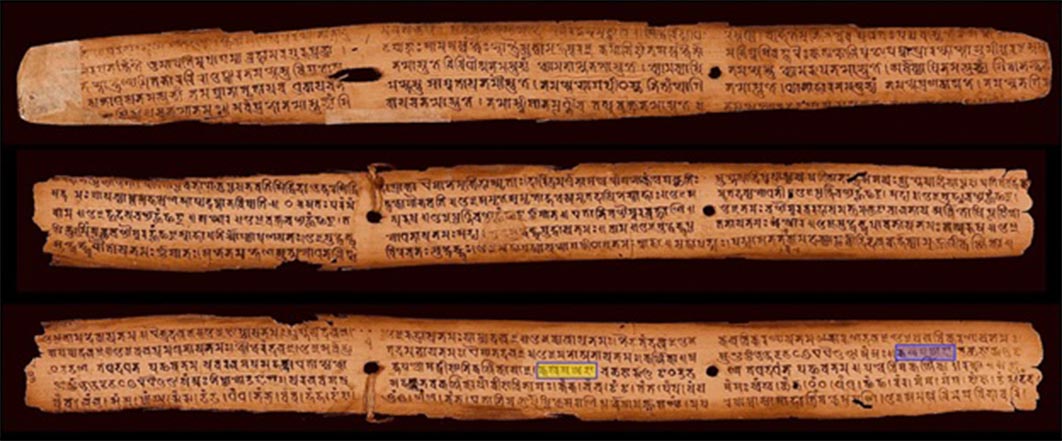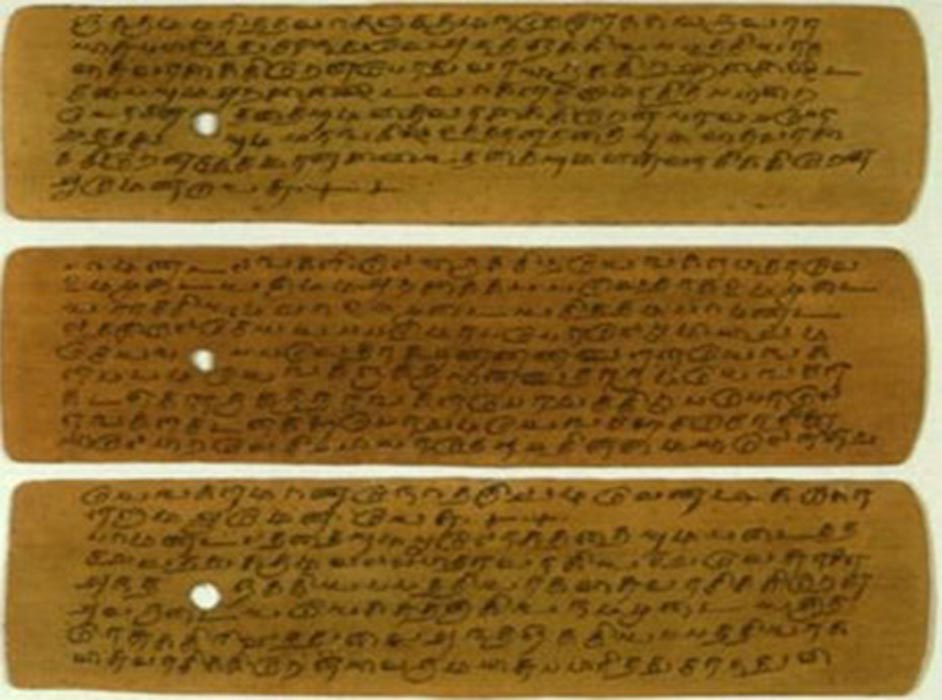
Nadi Shastra: Ancient Leaves of Destiny
A fascinating and incredible mystery is linked to ancient India, a journey into the remote past of a land that still has to reveal to the whole of humanity many of its 'stories' and its wonders. The so-called Leaves of Destiny, or Nadi Shastra, constitute a millennial archive, a timeless mystery preserved in many libraries and centres scattered throughout the Indian territory, where the destinies (past, present and future) of men are recorded.
In his journey of research and rediscovery of Eastern knowledge, the present author encountered one of the most fascinating and obscure themes of the variegated Indian world. In an attempt to conduct research that was both anthropological and historical, investigative and documental, he searched for the ultimate meaning of the Leaves of Destiny. The Nadi Shastra is a cultural heritage and a mystery that delves into the very origins of India as well as human culture. The Leaves of Destiny constitute a knowledge preserved over millennia by wise and learned men whose sole purpose was to give mankind a system to help them in their personal and subjective journeys, to discover their own animic and spiritual paths.

This is one of the oldest surviving and dated palm-leaf manuscript in Sanskrit (828 AD). Discovered in Nepal, the bottom leaf shows all the vowels and consonants of Sanskrit (the first five consonants are highlighted in blue and yellow).( Ms Sarah Welch / CC BY-SA 4.0)
The Tradition of Palm Leaves or Ola
This information was written down on palm leaves called Ola, handed down and transcribed over thousands of years in the ancient and sacred Indian language, Sanskrit. Hundreds of thousands of leaves are collected in libraries and entrusted to custodians, interpreters or readers of the destinies of those who want to know their own story. For centuries Westerners have been accustomed to use instruments such as astrological charts, tarot cards, horoscopes or various divination forms. The palm leaves scripts are unique in the whole world panorama, being the oldest divinatory form known today, which integrates various systems and instruments, suitable to read, and not foresee, the path taken by a soul in this and in its previous lives.
Nadi Shastra is practiced mainly in the Tamil Nadu region, in Kerala, but also in several other Indian regions. In Tamil Nadu, these texts were written in the Vatteluttu language, an ancient form of Tamizh of the Tamil language. These manuscripts were written by several Rishis, or holy men, among whom stands out the figure of Agathiyar (better known as Agastya) who, it is said, reached a high level of spiritual awareness and kept and copied the Leaves of Destiny in the vicinity of the temple of Vaitheeswaran.
When it was necessary or requested, the precious manuscripts were copied by appropriate scribes so as to preserve their contents and translate them into the ancient Tamil language. This way an incalculable number of generations of scribes preserved one of the most important and fascinating Indian astrological and cultural instruments. In the passage between oral tradition and first written forms, the Leaves of Destiny were initially written on animal skins and then copied on the well-known palm leaf.

16th-century Hindu prayers in Tamil, on palm leaf manuscripts (Public Domain)
This type of material has an average life span of about 500 years, after which the leaves start to corrode, abruptly pulverizing. When this process takes place, the Brahmins and astrologers responsible for their conservation transcribe the documents on new fresh ola (palm leaves). Each Nadi consists of a particular ola written in ezathu vatta, a Tamil dialect, through the use of an instrument similar to a nail, called ezuthani, after which the palm leaves are treated and covered with peacock oil.




